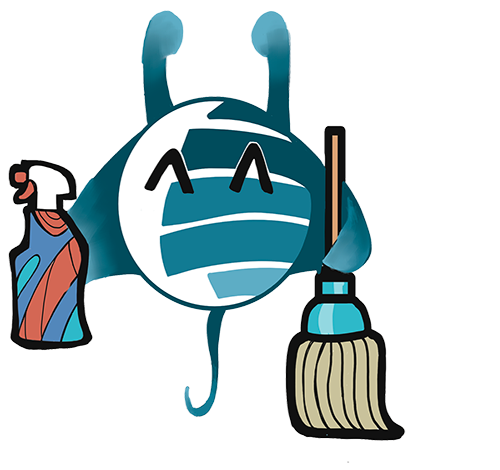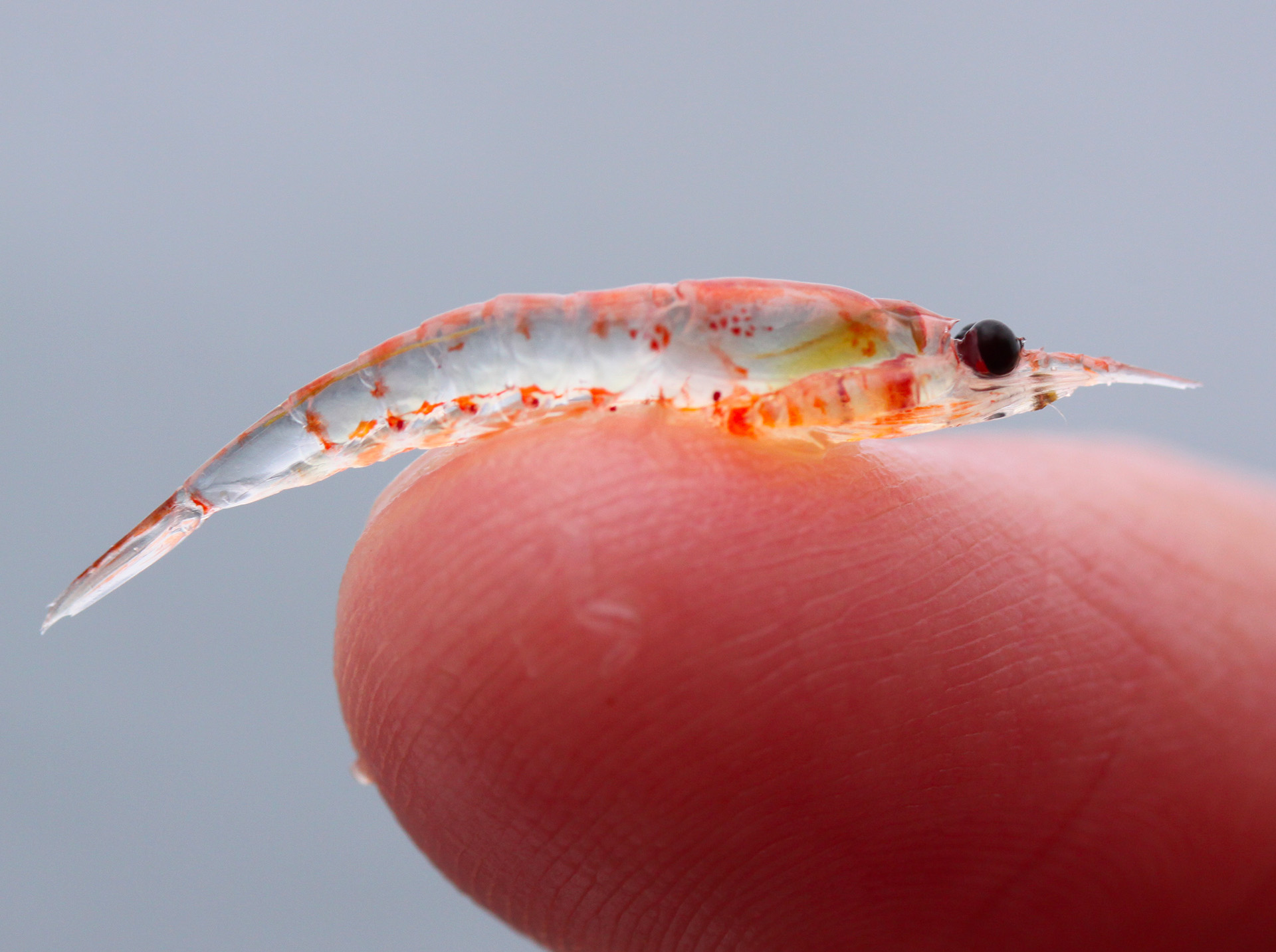They are small marine animals. Extremely small. And yet, they have an enormous and unparalleled importance in the complex and delicate ecological balances of the oceans. And therefore of the entire planet, considering that the blue expanse occupies over 70 percent of its surface.
They are known in all languages with the name of Krill, which in Norwegian means "small fish". Even if they are not fish, but crustaceans, which belong to the order Euphausiacea, divided into about ninety species, present up to 2000 meters deep in all the seas of the world. However, they are mainly widespread in cold, polar seas, in particular in the Antarctic Ocean. That is the range of the Euphasia superba, the most consistent species of all, which is also the most numerous animal organism on Earth. A population estimated between 300 and 500 million tons, made up of billions of small specimens that reach a maximum length of 70 millimeters. Other species can reach up to fifteen centimeters. In any case, these are organisms that are part of the macroplankton.
The single animal is a transparent crustacean. It has an exoskeleton in which the cephalothorax is distinguished, formed by the head and the thorax, which contains the internal organs, clearly visible from the outside, and the abdomen. On the head there are two antennae. The eyes have different characteristics in the various species, in some cases they can adapt to the level of brightness of the environment in which they are found. The thorax corresponds to some pairs of limbs, of different numbers depending on the species. Limbs shaped in such a way as to filter the elements on which the animal feeds, namely diatoms and phytoplankton algae, from the water. Another peculiarity of krill is the presence of external gills.
During its life, which lasts a couple of years but perhaps even more according to recent studies, the crustacean undergoes various transformations, linked to the regeneration of the exoskeleton, as the specimen grows. At each molt, which corresponds to the growth of the abdomen with the addition of a new segment, the now too small exoskeleton opens, leaving space for the new one that has formed underneath it and which immediately begins to harden. From when the larva emerges from the egg, several molts follow one another, until reaching the adult stage. For some species, there are up to ten molts, while the Euphasia superba molts six.
The latter is considered the keystone species of the Antarctic ecosystem, where it represents the main source of food for most of the animal species that live there. From large cetaceans such as whales to seals, from sea birds to fish, from penguins to squid, which in turn are food for other species such as sperm whales. And so the life of the blue whale, the largest animal on Earth, depends on the tiny transparent crustacean.
Krill is very rich in nutrients: mostly proteins, as well as vitamins, trace elements and omega 3. For this reason it is increasingly used as an ingredient in fish farm feed, but also in the production of supplements for human use and even cosmetics, for the antioxidant power of the oil that is extracted from it. All this has caused the demand for krill to grow exponentially over the years and, therefore, the quantities caught in the world's seas. Furthermore, with increasingly impactful fishing methods that put the resource at risk, despite the enormous quantities of krill present especially in the Antarctic Ocean. And in fact, a reduction in krill has been recorded in recent years, on which, in addition to overfishing, the effects of sea acidification and the increase in temperatures linked to climate change are being studied.
Yet, since 1982, the Convention for the Protection of Antarctic Marine Living Resources (CCAMLR) has established a maximum annual limit of 620 tons of krill that can be caught in that area. This limit no longer corresponds to the current size of catches, so much so that new rules are being studied at an international level and investments are being made in monitoring krill populations to verify their size over time, in the awareness of the fundamental and indispensable value of the small shrimp for the marine ecosystem in the world.
The enormous biomass represented by Antarctic krill and those from other oceans, in addition to its key role in the food chain, also contributes to the control of CO2, since it absorbs a quantity corresponding to 20 million tons per year. Another precious contribution of krill to the health of the planet that must absolutely be safeguarded.
In the meantime, science has solved, after many years of research, the "mystery" of the reconstruction of krill DNA. And another record has been ascertained: the tiny crustacean has a genome fifteen times larger than that of humans.




